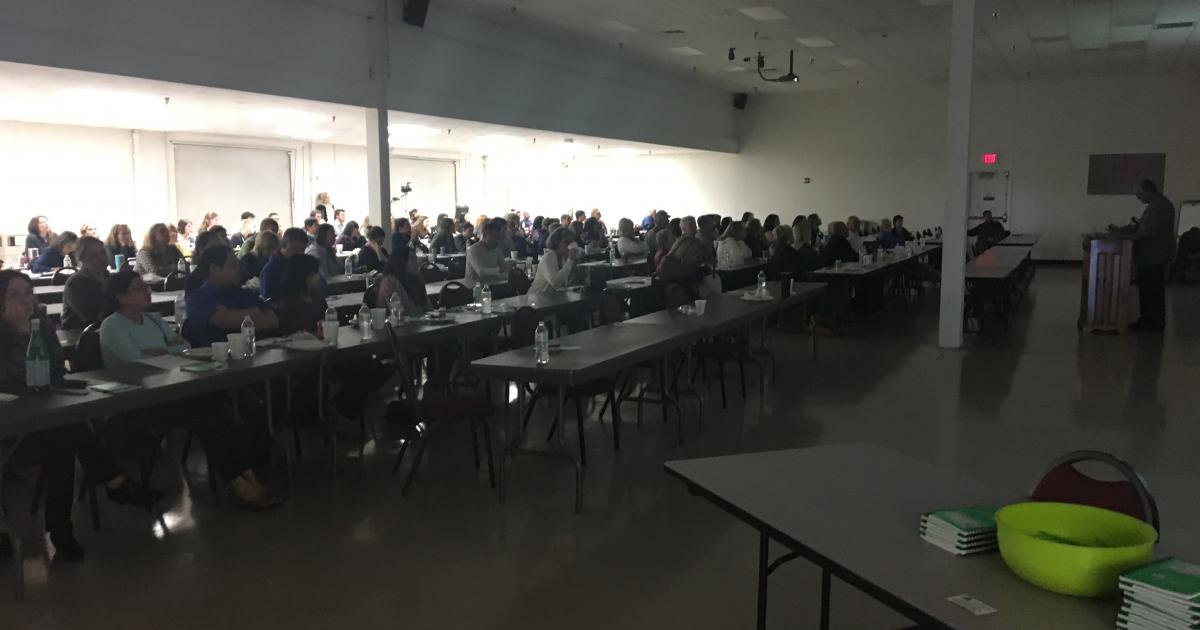SAN ANGELO TX - Retired U.S. Navy Sea Land and Air (SEAL) Don Mann attended the 17th Annual Gus Eckhardt Shannon Trauma Symposium Saturday at the West Texas Training Center, 3501 N. U.S. Hwy 67.
Mann was present to speak with various experts in the medical field on medical trauma for patients. He was not, however, the only military speaker present. Retried Air Force Lt. General Paul K. Carlton, Jr. spoke before the Retired Navy Seal, and gave his account for trauma treatment with his experience of over 4,000 operations performed as a surgeon.
The focus of Carlton's presentation was to talk about trauma care for the military and rural cities in the U.S. He stated that, by a health professional standard, San Angelo is considered a rural city because of the number of traffic that comes through for medical treatment for conditions like trauma.
He referenced that in the last 15 year of combat operation in the U.S. military, there have been 1,000 excess deaths from trauma. An excess death includes those individuals who would have survived if they had been injured on the front form of a level one trauma system, according to Gen. Carlton. Comparing this to the number of trauma cases in the last 50 years for the U.S., which is around 400,500 excess deaths, it is understood that these numbers are continuing to grow.
To truly “edge down” the 30,000 excess trauma deaths annually, he asked future and current physicians to challenge the status quo in terms of trauma treatment.

“We should move towards the goal of zero excess deaths from trauma,” Gen.Carlton said.
He gave an example of when he had to use a new treatment on one of his patients who was in serious condition from trauma. By tying down the bleeding artery, she was able to recover in the next four days completely intact, he said. However, his commanding officer tried to have him thrown out of surgical residency for using this method on a patient.
“This is not new; it’s the resistance to change that we all have to understand,” Gen Carlton said. “Everyone [who has] grown into a system of habit won’t be quick to change.”
A Focus on Self Motivation
Mann was the last to present Saturday after Gen. Carlton and various other medical experts gave their presentations. He knew he wasn’t going to give any medical advice; however, he came prepared to give a speech about motivating everyone in the room.
The focus of his speech was all about self motivation. The number one rule of SEAL training is teaching yourself how to remove self-perceived weakness. It’s achieved by teaching the mind the difference between temporary pain and permanent pain.
“I learned to welcome the pain,” Mann said. “I can’t be worth fighting for if there’s no pain.”
He noted that he sets his goals into two categories: macro and micro goals. His first macro goal started off with completing his first full marathon, which he finished in 3 hours and 45 minutes. Then that macro goal transitioned into running 30 marathons in his lifetime, and eventually he became dedicated to participating in triathlons like the IRONMAN.
For those who aren’t familiar with this event, it consists of a series of long distance races including a 2.4 mile swim, a 112-mile bicycle ride and a 26.22-mile run.
“If you ever want to test your body, run an IRONMAN,” Mann stated.
He mentioned that at this point in his life running a marathon had become a micro goal, which was astonishing for Mann considering four years prior to his first marathon he had never participated in competitive races.
The two pinnacles of his macro goals included becoming a Navy Seal and climbing Mount Everest. He then recalled the SEAL training that pushed his body further than he had known before.
The SEAL school starts with around 250 cadets and ends with around 25 graduating to become Navy SEALs. After the half-way portion of the rigorous training, the cadets were instructed to tie their hands and feet, and proceed to stay afloat for an extended period of time.
Those who passed this portion were then instructed to dive back in and swim at full length without coming up for air.
Mann recalled the pain he endured that felt like an ice pick being jammed into the back of his head. He was halfway through with the task when he could no longer hold his breath and had to resurface. All the instructors called Mann, and the others who had to resurface, failures.
“That feeling of failure was a defining moment for me,” Mann said. However, the instructors gave them another shot, and Mann finished the lap without fail.
“It goes back to distinguishing between temporary and permanent pain,” Mann explained. “That’s what breeds the toughest soldiers on the planet.”
Mann concluded his speech by saying there are those who go through life at conversation pace, and those who go at a racing pace. By going at a conversation pace, the person remains safe and only excels towards goals set low to their expectation. Those who choose to excel towards a racing pace won’t allow temporary pain to stop them from achieving their goals.
He summarized the expectation of effort as “bonking,’ which means you’ve gone to the point of blacking out, or even hallucinating. Mann mentioned that there were people he had the honor of learning from. They taught him about getting to the point where “the body will eat from itself.” This analogy describes the point when someone no longer has the thoughts of self-weakness and is willing to push him or herself past the body’s self-proclaimed limit.
“I want to be and will be the person to say, 'I at least tried to accomplish all I wanted too,'” Mann said. “I pushed myself to my full potential and achieved most of my goals.”
To date, Mann has almost finished his 14th book, went on to finish 30 marathons, and has worked out every day for one year. He has retired as a Navy SEAL, and gave it his all when climbing Mount Everest in 2015. Though he didn’t reach the summit, he knew that by reaching the point of “bonking” that he has no regrets when saying he tried to achieve his goal.
“Don’t let time take your dreams away,” Mann told the audience.
The next Gus Eckhardt Shannon Trauma Symposium will be Saturday, April 14, 2018. Click here to see the names of all the guest speakers at this year’s symposium.
Subscribe to the LIVE! Daily
Required






Post a comment to this article here: